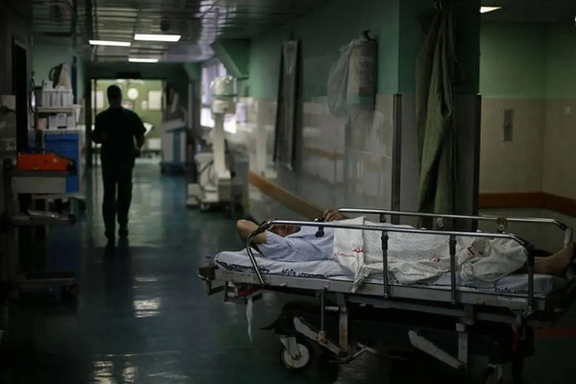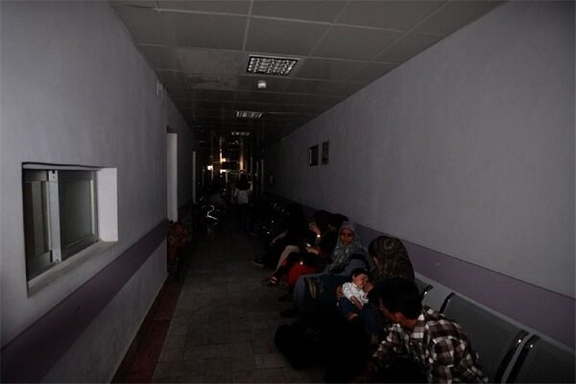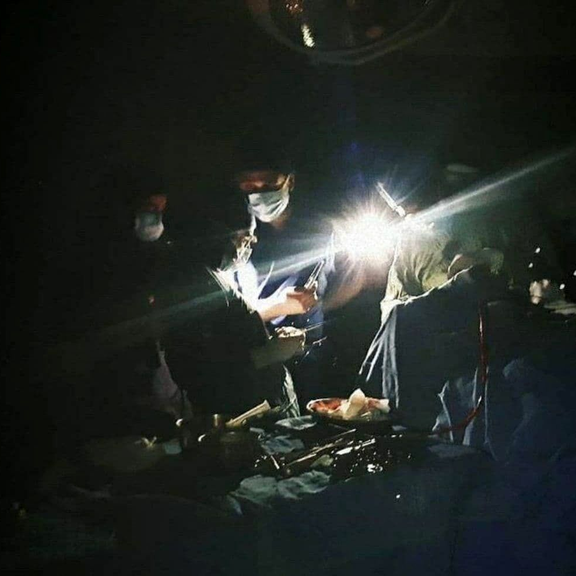Power cuts kill at least five in Iran, daily says

At least five people have died in recent months in incidents linked to electricity outages across Iran, the reformist daily Etemad reported on Saturday.

At least five people have died in recent months in incidents linked to electricity outages across Iran, the reformist daily Etemad reported on Saturday.
Two children were killed on August 5 in a village in northern Golestan province when a gas leak ignited as power was restored, the paper said.
Ten days later, two youths aged 16 and 18 in Fars suffocated after sheltering from the heat in a running car inside a garage; and a Tabriz resident died in an elevator-related accident as power disruptions multiplied,” according to Etemad.
“I wish we had never had electricity. It took the lives of my two children. They had just begun to live, had just stepped into society full of hopes and dreams. Suddenly, when the power came back, my house exploded. I came and saw the wall had collapsed on my daughter. Blood was coming from everywhere,” the bereaved mother said in a video shared after the Golestan blast.
Fatal incidents and urban hazards
Fire officials in Isfahan reported a 284% jump in elevator entrapments over a one-month period tied to outages. In the southwestern city of Yasuj, up to 20 people were trapped at once during blackouts, while reports from Khorramabad in west put such incidents at three to four times last year’s level, Etemad wrote.

Etemad interviewed 11 people across Yazd, Tehran, Ahvaz, Shiraz, Ardebil and Urmia, including patients with butterfly disease and people with spinal cord injuries.
A young woman in Shiraz said a routine 10-minute eye procedure stretched to over an hour because a surgical microscope repeatedly failed.
“Power fluctuations burned the microscope lamp in the middle of my eye surgery,” she said, adding that repeated replacements failed until the device was swapped out, leaving lasting damage to her right eye.
Patients with chronic conditions described blackouts as dangerous and costly. Frequent cuts forced daily dressing changes and purchases of pricier creams, A butterfly disease patient in Yazd said.
A man with a spinal injury in rural Urmia feared his anti-bedsore mattress would fail in surges: without it, he said, pressure ulcers were likely. Others said that when electricity goes, well pumps stop and mobile networks and home internet also drop, compounding risks for those needing help.

Strain on daily life and business
Shopkeepers and small businesses reported spoiled food and lost inventory; one confectioner filmed trays of discarded cakes, blaming a single outage for rent, labor and waste. Poultry farmers in Dezful, Khuzestan province, cited higher mortality and reduced chick placement amid daily cuts.
Etemad’s reporting underscores how prolonged outages—often four to five hours a day—are cascading through homes, clinics and city infrastructure. The accounts point to a growing public safety challenge where routine power cuts are now measured not just in inconvenience, but in injuries and deaths.